Factors Related to Middle School Teachers’ Self-Efficacy in Inclusion Classrooms: A Research Study
$8.99
Description
Many middle school students with learning disabilities obtain their education in general education classrooms. These classroom settings are referred to as inclusion classrooms. We must not only consider that the student population is becoming increasingly more diverse, but we must also consider that the educators who teach in these type of classrooms are diverse as well.
Teacher qualifications, training, and education that educators receive before and after entering a classroom can be quite varied and really important when considering the work that needs to be done to ensure successful inclusion classrooms. Within an inclusion classroom, success requires a collaborative instructional effort between special educators, general educators, and para-educators. The purpose of this research is to highlight teacher diversity in qualifications and training and identify factors that make teachers feel more or less confident in inclusion classrooms. This research explains key components of teaching – classroom management, instructional strategies, and student engagement – and the similarities and differences found between teachers in inclusion classrooms. This research is very important to all involved in the teaching and learning in inclusion classrooms, to include aspiring teachers, new teachers, experienced teachers, paraprofessionals, educational specialists, professional development and training staff, instructors for teachers, administrators, and policy makers. KEY SEARCH TERMS: administration, alternative teaching, attitudes, attrition, behaviors, bias, Bonferroni’s Post Hoc Test, burnout, classroom management, co-teaching models, collaboration, confounding variable, content review, curriculum, disabilities, educational goals, educators, efficacy, Elementary and Secondary Education Act (ESEA), general education, Gibson and Dembo Teacher Efficacy Scale, inclusion classroom models, Individual with Disabilities Education Improvement Act (IDEA), instructional content, instructional management, instructional model, instructional models, instructional practices, instructional strategies, lack of motivation, lead/support model, learning disabilities, Levene’s Test of Equality of Error, models, motivation, No Child Left Behind (NCLB), para-educator, para-professionals, parallel teaching, pre-service, professional development & training, retention, role models, self-efficacy, socialization, special education services, station teaching, stress, student behaviors, student engagement, teacher experience, teacher qualifications, teacher self-efficacy, teacher training, Teachers’ Sense of Efficacy Scale (TSES), team teaching model, vicarious experiences, years of experienceAuthor: Smith Ph D, Kentina R
Topic: Education / Teaching
Media: Book
ISBN: 1512114278
Language: English
Pages: 236
Additional information
| Weight | 0.71 lbs |
|---|---|
| Dimensions | 9 × 6 × 0.5 in |


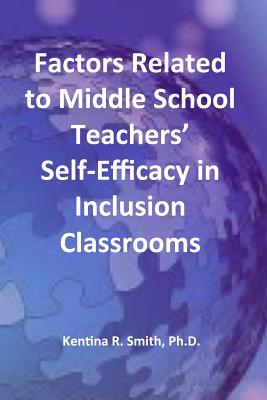
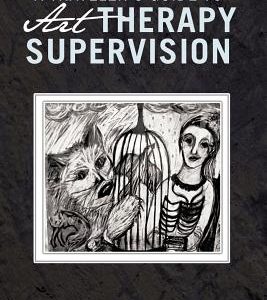
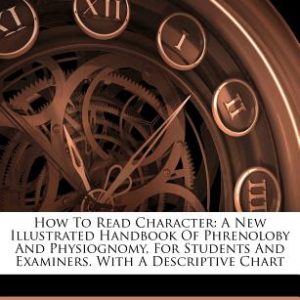

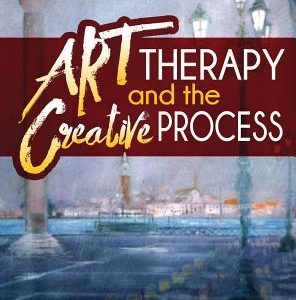



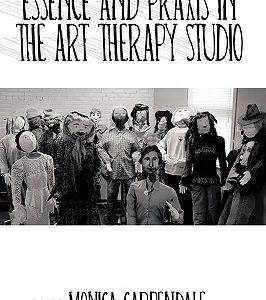


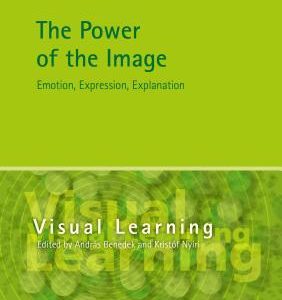

Reviews
There are no reviews yet.